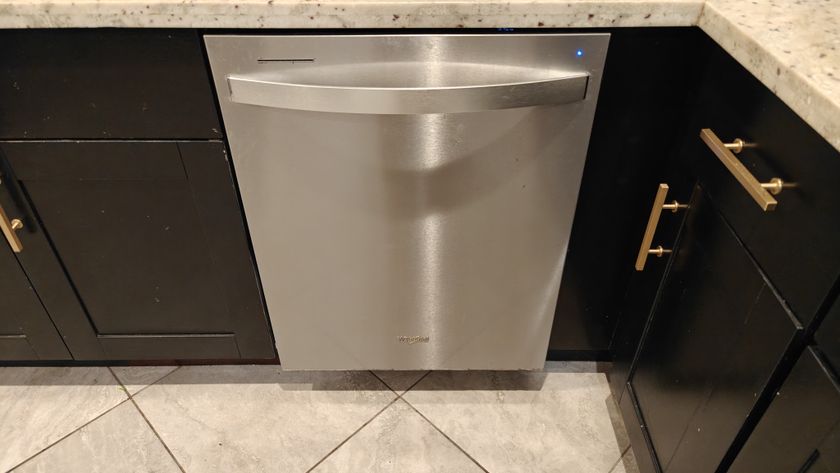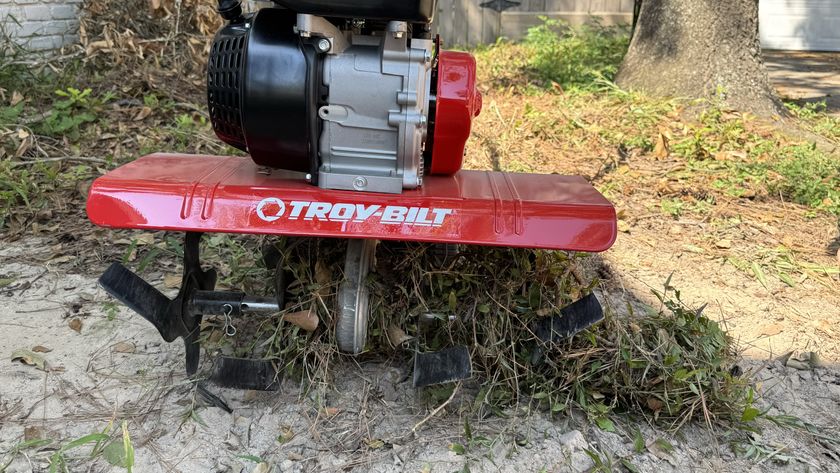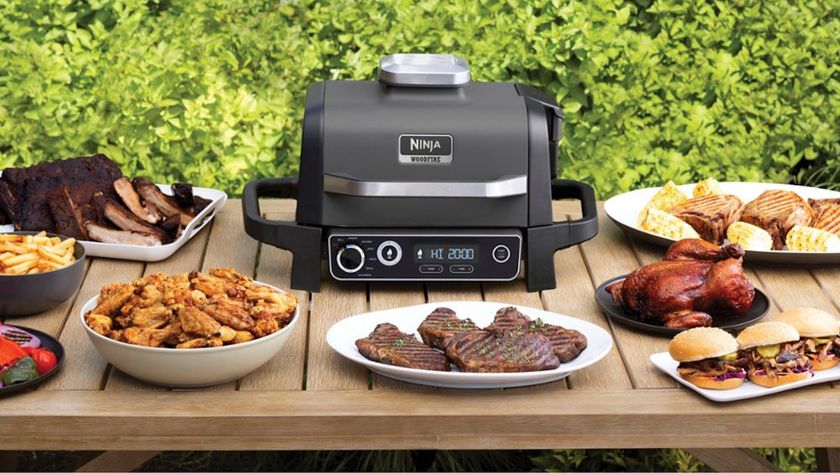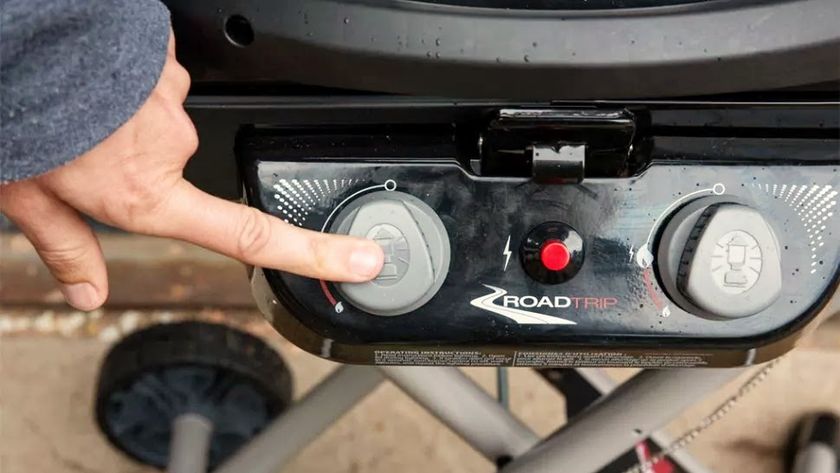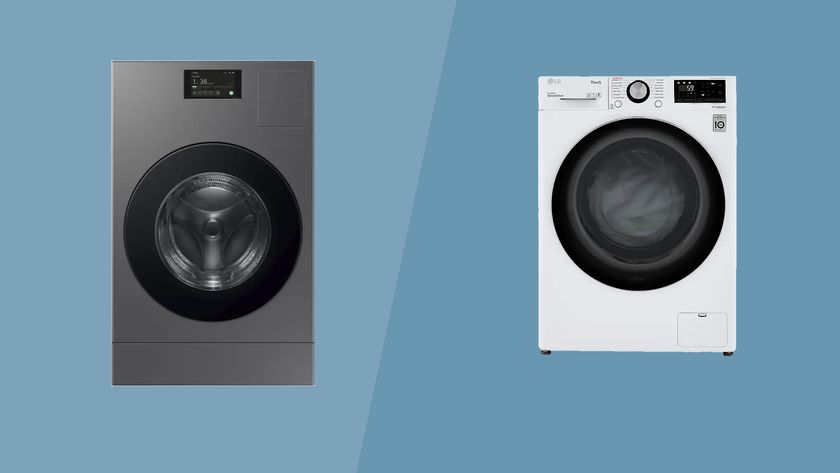So you're considering using a content delivery network. Your needs are simple: Accelerate your website and make it possible to handle rising demand for your content. Unless you have an IT department at your disposal (or work in one yourself), the most daunting barrier to entry is the terminology needed to compare the various services available to you.
Don't despair! Here is a handy glossary of the terms you'll run into when looking at the offerings of small business CDNs. Once you know the language, calculating your needs will be a piece of cake.
95th-percentile billing: A pricing option that bills clients for the entire month based on the average traffic level, thus avoiding overages from data spikes.
Caching: The process of temporarily storing requested objects from a webpage on a CDN's edge servers the first time they are requested, and keeping them for the next 24 hours (or any predetermined time) so that the next user will be able to load them directly from the CDN and thus more quickly. This is the primary purpose of CDNs.
Content delivery network (CDN): A worldwide network of distributed servers designed to accelerate page-load times for your site visitors by reducing the distance the data has to travel.
Distributed Denial of Service (DDoS) attack: A security threat where hackers attempt to overload a server with too many requests and cause it to go down. CDNs are inherently less vulnerable to such attacks because users are less frequently interacting directly with the server where you keep your content, and because your data is stored redundantly all over the world. So if one edge server is overloaded, the data will just be served from a different one.
Dynamic content: The application side of your website that creates a varied experience for each user. A shopping cart, for instance, would be dynamic content. While this can't be kept on a CDN's edge servers because it will only be accessed once, some CDNs have means of accelerating even dynamic content, either by compressing it before transmission or by using algorithms to predict a user's next move and grabbing the content in preparation.
Edge server: A server owned by a CDN where it temporarily stores objects from your website to be served up to web surfers. Since the CDN will direct surfers to the edge server closest to them, the information will arrive much more quickly than if every object populating every page had to come from your personal server. Sometimes, this makes page loads practically instantaneous.
Internet backbone: The main data routes of the internet. All internet traffic branches off from these routes, which are hosted by government and commercial network centers. The largest data providers, called Tier 1 providers, don't have to purchase transit agreements from other providers because their traffic never or rarely leaves their own network.
Load balancing: The process of measuring the quickest route to fulfill a webpage request. CDNs often have proprietary software to measure whether the POP closest to a region can best handle the request, or whether traffic or other concerns merit tagging in a slightly farther-away POP.
Object: Each element of a webpage images, text, file downloads, video streams, etc.
Origin server: Your server, or the server where your website resides. A CDN pulls objects from this server as they are requested by nearby web surfers.
Point of presence (POP): A collection of servers physically located near a desired target market so that it can deliver content to that geographic region more quickly.
Secure sockets layer (SSL) certificate: This is the encryption tool that makes it possible to secure web transmissions on a page. If the URL you are reading starts with https instead of http, it is a secure page and information exchanged with it is secured with an SSL certificate. They can be of varying encryption levels. Some CDNs allow clients access to a shared SSL certificate. Others allow or require clients to purchase and provide their own if they want https pages.
Static content: Objects that are served up the same regardless of who requests them. Text files and most images fall under this category.
SuperPOP: A supercharged point of presence with extreme storage capacity and/or the ability to perform many simultaneous high-speed relays. Some CDNs rely on fewer points of presence but beef up their size and performance.
Token authentication: A feature offered by some CDNs that allows for links that connect to content only from certain URLs (for example, if you want people to download your software directly from your website and not from other sources), only for a certain time (to support limited-time promotions, for example), only from certain directories on your website, or only from certain geographic regions.




